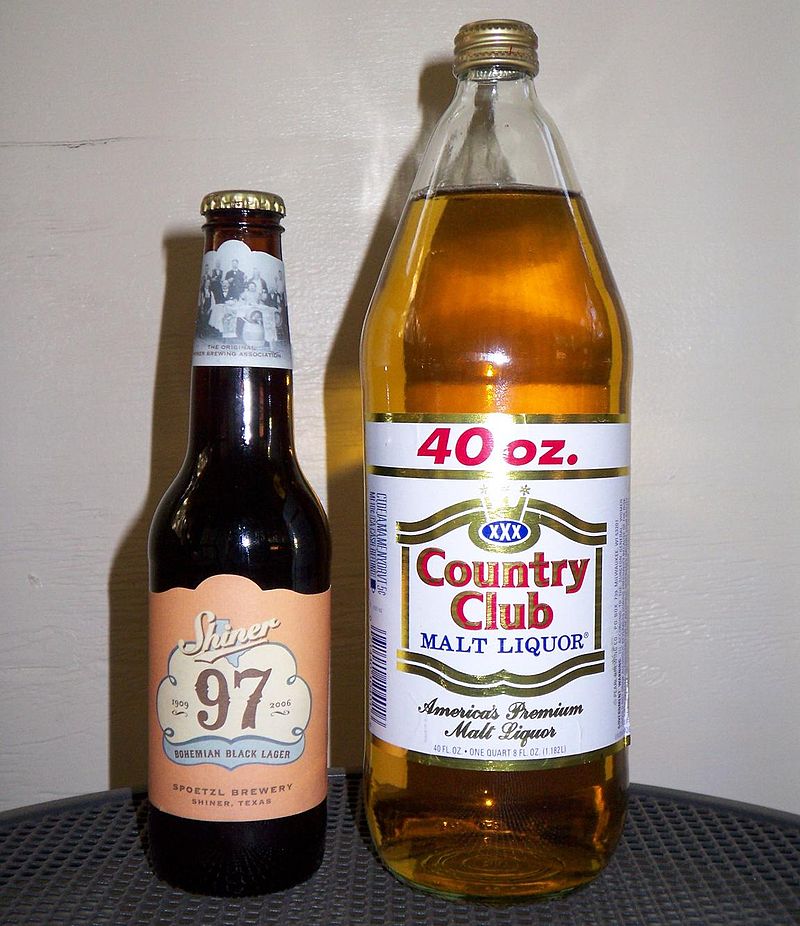Distillery Characteristics Revealed: a Trip Through the Scientific Research and Art of Spirits Production
As the curtains are attracted back on the detailed world of distillery characteristics, an interesting world arises where scientific research and art merge to develop the spirits we relish. The marriage of practice and development in spirits production reveals a tapestry woven with strings of workmanship and technical improvements.
The Chemistry of Purification
The chemistry of purification, a basic procedure in the production of spirits, entails the separation of parts based on their different boiling points. This distilled liquid, understood as the "heart cut," has the preferred alcohol content and flavor compounds.
Throughout distillation, 3 major portions are obtained: the "heads," which have unstable substances and greater alcohols that can be unsafe if consumed in large amounts; the "hearts," the valued portion with the preferred ethanol and taste profile; and the "tails," which consist of larger substances and fusel alcohols. Experienced distillers have to very carefully keep track of the temperature and circulation rates to separate these portions effectively, making certain a top notch end product. The chemistry of distillation is a delicate interaction of heat, evaporation, and condensation that transforms a straightforward liquid combination into a complicated and improved spirit.
Artisanal Craftsmanship in Spirits Making
Among the world of spirits manufacturing, artisanal workmanship plays a crucial function in boosting the quality and character of distilled drinks (Breweries in Galveston Texas). Artisanal craft distillers concentrate on small, hands-on manufacturing techniques, often utilizing typical strategies that have been given with generations. These devoted artisans and females focus on quality over amount, paying thorough attention to every step of the purification process
Artisanal craftsmanship in spirits making includes a deep understanding of the raw materials used, such as fruits, grains, or botanicals, and exactly how their features affect the end product. From choosing the finest ingredients to carefully keeping track of aging, distillation, and fermentation, craftsmens instill their spirits with passion and know-how.
In addition, artisanal craft distillers often embrace experimentation and technology, pressing the limits of standard spirits production. They may present one-of-a-kind taste profiles by incorporating locally sourced active ingredients or utilizing imaginative aging strategies. This dedication to creative thinking and quality lead to spirits that are not only of remarkable quality yet likewise showcase the artistry and originality of the distiller.
Advancements in Aging Methods

One famous development gaining grip is making use of smaller barrels for maturing spirits. By increasing the surface area area-to-volume ratio, smaller sized barrels give tastes a lot more quickly, leading to a much more extreme maturation procedure. This technique is especially popular among craft distillers looking for to create top quality spirits in a much shorter duration.
Moreover, distillers are increasingly transforming to different wood types, such as cherry or acacia, to impart unique tastes to their aged spirits. These non-traditional timbers offer a special taste account, setting their products apart in an affordable market.
Additionally, innovations in technology have actually made it possible for distillers to discover accelerated aging techniques, such as ultrasound or temperature read the article level and stress variations. These methods enable precise control over the aging process, resulting in innovative flavor profiles that press the boundaries of standard spirits manufacturing.

The Role of Yeast in Fermentation
An important part of the fermentation process in distilling is the duty played by yeast. Yeast, a single-celled bacterium, is important in converting sugars right into alcohol and co2 throughout fermentation. In the context of distilling spirits, yeast plays a crucial duty in the manufacturing of ethanol, which is the main alcohol in most click for source alcohols.
Yeast accomplishes this via the procedure of anaerobic respiration, where it metabolizes sugars such as glucose and fructose right into ethanol and co2. Different pressures of yeast can give special flavors and fragrances to the final spirit, adding to the complexity and character of the distilled product. Distillers meticulously pick yeast stress based on their wanted flavor profile and fermentation attributes.
The fermentation procedure can last anywhere from a few days to a few weeks, depending on variables such as yeast stress, sugar, and temperature content. Surveillance and managing the fermentation procedure are crucial to ensure optimum yeast activity and alcohol production. Generally, yeast is a basic player in the alchemical change of raw components into the perky elixirs delighted in by consumers worldwide.
Lasting Practices in Distilleries
Distilleries are increasingly recognizing the relevance of embracing environment-friendly actions throughout the manufacturing process. Distilleries need considerable amounts of water for various stages of production, and executing water recycling systems or making use of rainwater harvesting strategies can considerably lower water usage and minimize the distillery's overall ecological footprint.
Distilleries are exploring cutting-edge means to repurpose by-products such as spent grains or purification residues, turning waste into resources with methods like pet feed manufacturing or composting. By embracing sustainable methods, distilleries can not just decrease their ecological influence however likewise charm to ecologically aware customers and contribute to a more sustainable future for the industry.
Final Thought
From the chemistry of distillation to the function of yeast in fermentation, go distilleries are continuously exploring and innovating to create premium spirits. The combination of custom and technology in spirits manufacturing highlights the complexity and creativity entailed in this ancient craft.
As the drapes are attracted back on the elaborate globe of distillery dynamics, a fascinating world emerges where science and art merge to produce the spirits we enjoy.The chemistry of purification, an essential process in the production of spirits, includes the separation of parts based on their different boiling points.In addition, artisanal craft distillers commonly embrace testing and development, pressing the limits of typical spirits production. In the context of distilling spirits, yeast plays a pivotal duty in the production of ethanol, which is the key alcohol in many alcoholic drinks.
From the chemistry of distillation to the function of yeast in fermentation, distilleries are constantly exploring and introducing to create high-grade spirits.